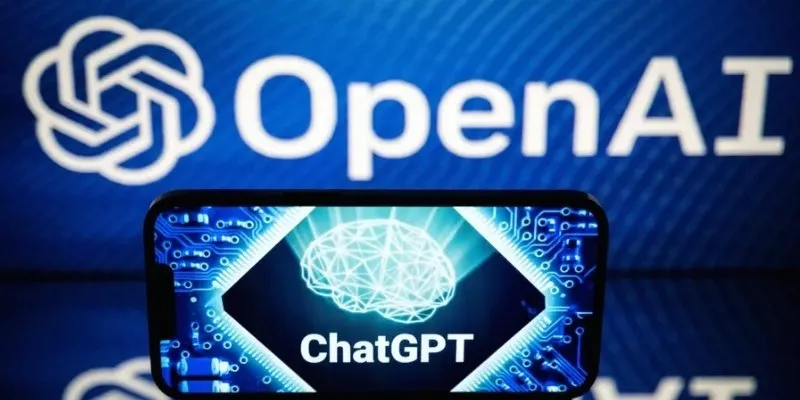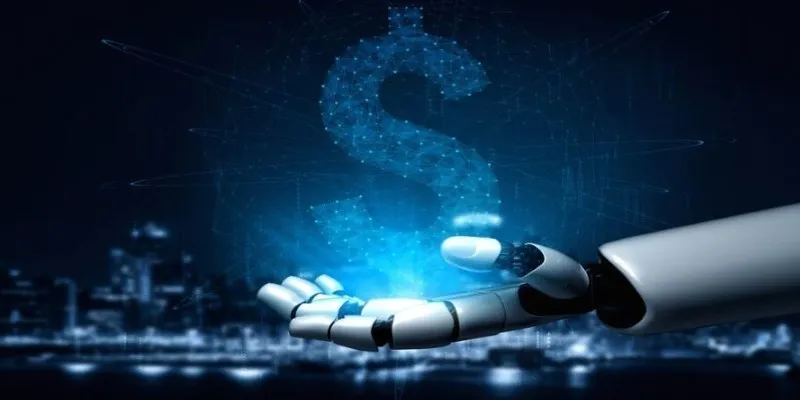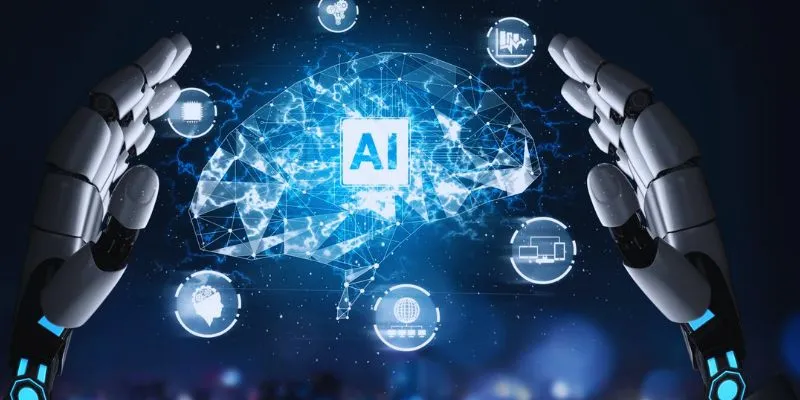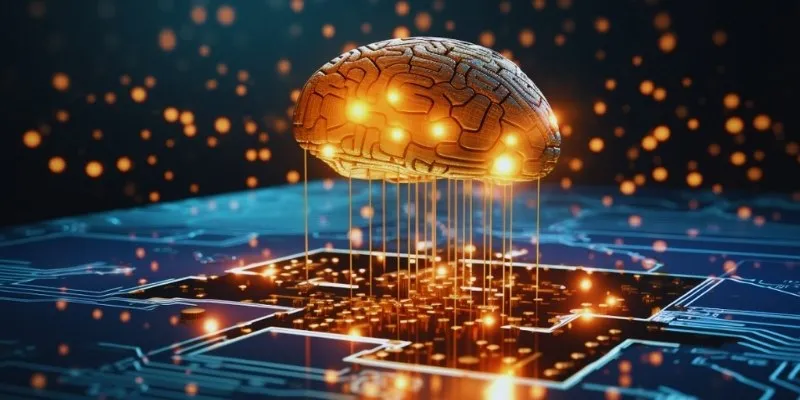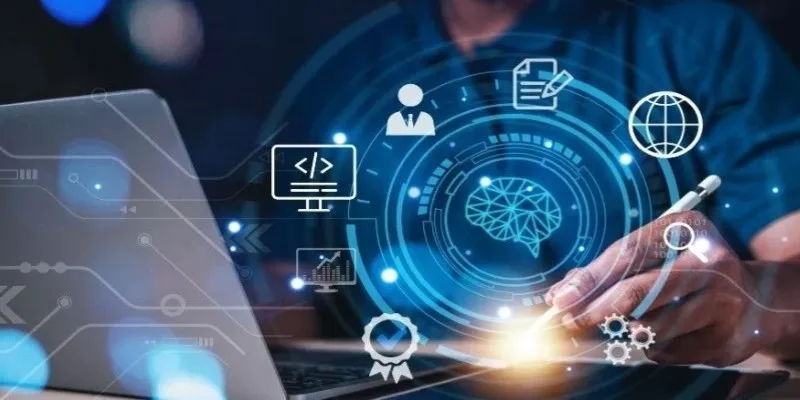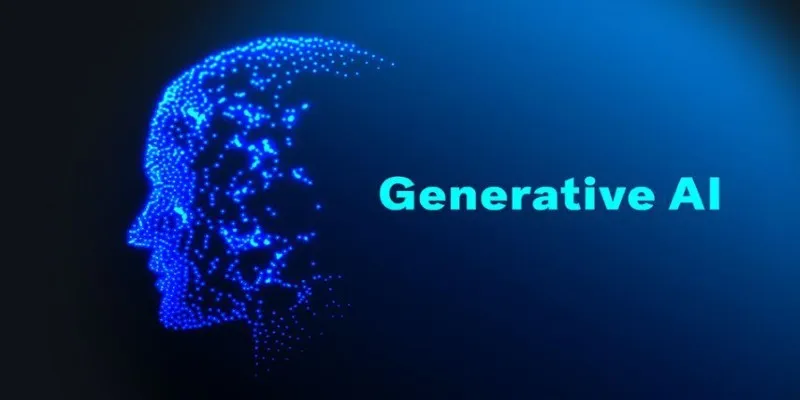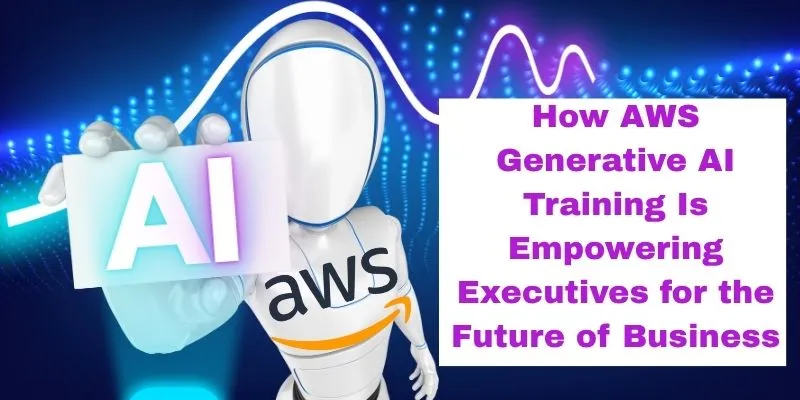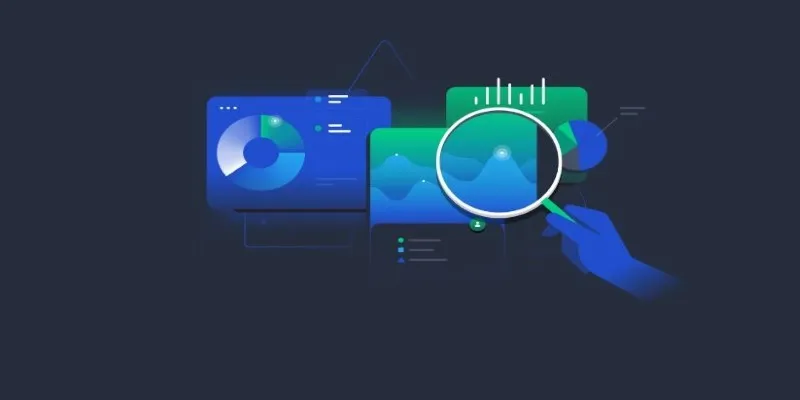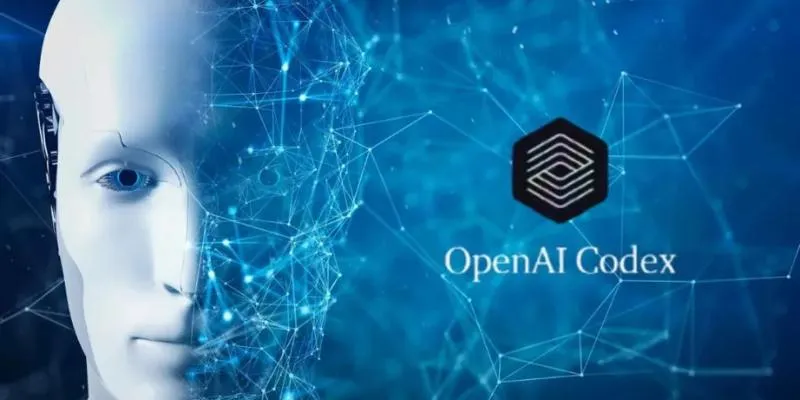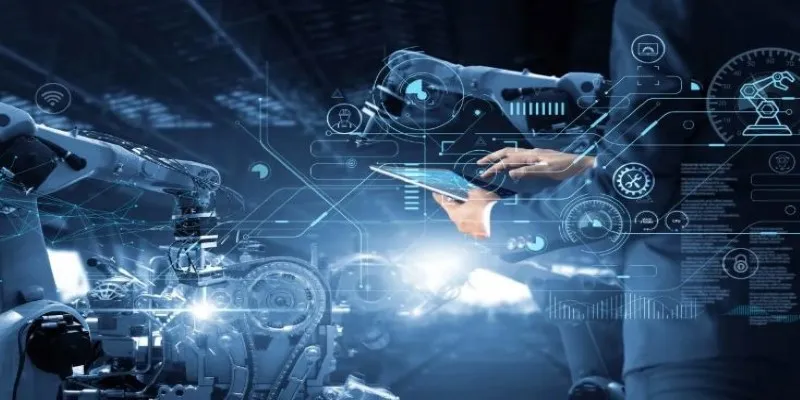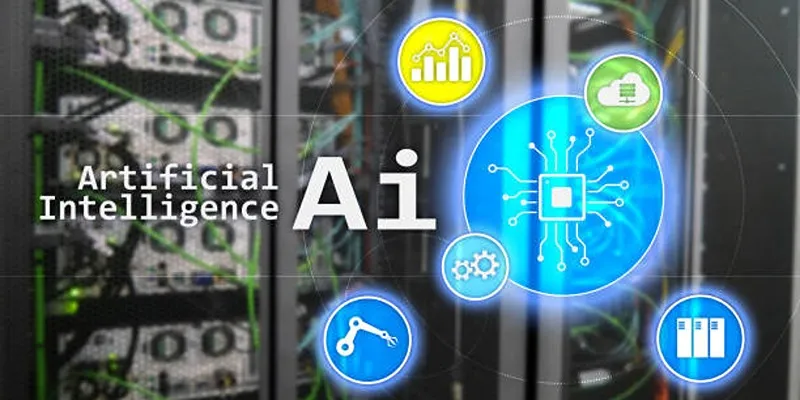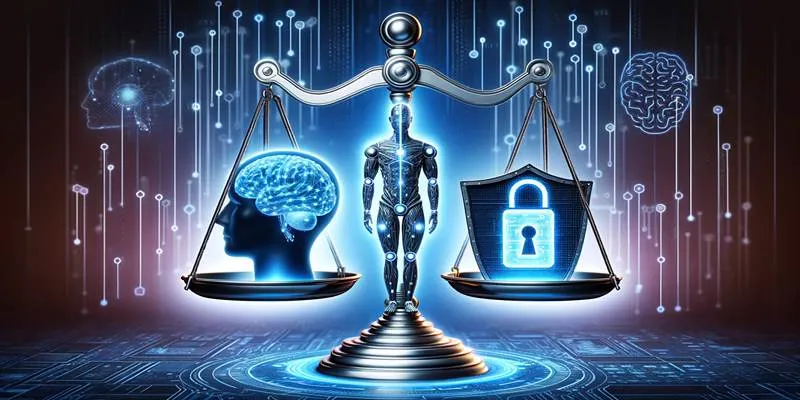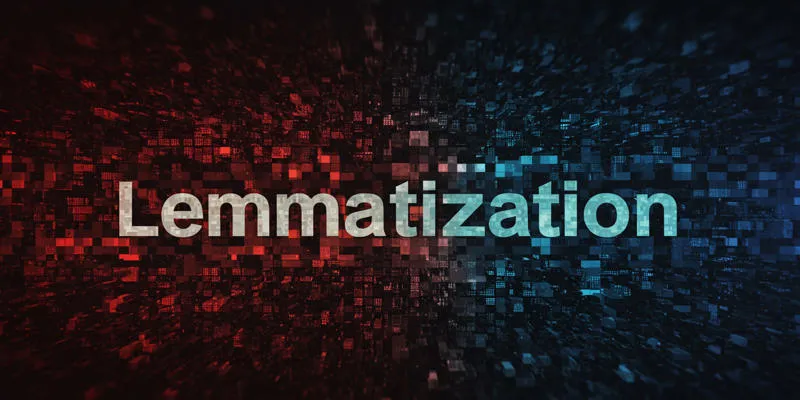In today’s fast-paced educational landscape, traditional assessment methods like exams and assignments often fail to meet the evolving needs of students. However, AI-powered real-time student performance analytics is transforming this scenario by providing instant insights into student progress. With AI, educators can analyze data as it is generated, enabling timely interventions and personalized feedback.
This transition from outdated assessments to continuous, real-time analytics allows for a more responsive and tailored learning experience. By embracing AI, educators can better support student growth, identify areas for improvement, and adjust teaching strategies to ensure enhanced learning outcomes for every student.
The Role of AI in Real-Time Student Performance Analytics
Artificial intelligence (AI) is making significant strides across various industries, including education. Real-time student performance analytics with AI utilizes machine learning algorithms to assess student progress as they engage with digital learning platforms. By collecting data from assignments, quizzes, discussions, and other classroom activities, AI systems can identify patterns and predict students’ future performance.
These systems provide educators with a continuous snapshot of student performance, enabling early detection of struggling students that traditional methods might miss. For example, if a student consistently struggles with specific questions or concepts, AI can identify these issues and recommend targeted interventions. This is particularly useful in large classrooms or online learning environments, where individualized attention may not always be possible.
One of the primary advantages of AI-based analytics is the early detection of learning challenges. If a student is lagging in a particular area or not engaging with course material effectively, AI systems can automatically alert instructors with specific recommendations. This approach facilitates proactive, rather than reactive, instruction.
Enhancing Educator-Student Interaction
AI-powered real-time student performance analytics benefits both educators and students by providing crucial feedback to improve academic performance. AI systems deliver personalized recommendations and tips to students based on their unique strengths and weaknesses. This individualized support is invaluable, helping students understand their learning patterns and take ownership of their educational journey.

AI tools can track a student’s progress on a granular level, measuring everything from time spent on tasks to the accuracy of responses. These insights help students identify areas needing improvement, resulting in a more tailored learning experience. Immediate feedback keeps students motivated and prevents discouragement, allowing them to adjust their approach in real time and increase their chances of success.
This continuous feedback loop fosters a more interactive and responsive learning environment. With instant insights into their performance, students can adapt their learning strategies, while teachers can refine their instructional methods to meet each student’s needs, ensuring no one falls behind.
Data-Driven Insights for Educational Institutions
Beyond individual performance, AI-powered real-time analytics provides valuable insights at the institutional level. Schools, universities, and educational organizations can aggregate performance data across classrooms and courses to identify broader trends and patterns. This data-driven approach allows institutions to evaluate curricula, pinpoint areas where students collectively struggle, and modify teaching methods accordingly.
By analyzing student performance in real time, educational institutions can identify areas where students tend to fall short, whether due to specific concepts or overarching trends in engagement. For instance, if students consistently struggle with a certain module, the institution can assess whether the curriculum needs adjustment or if teaching methods are insufficient. AI-powered analytics also enable administrators to monitor institutional goals, such as graduation rates or test scores, in real time, aiding in informed decision-making regarding policy changes or resource allocation.
This data-driven approach enables schools and universities to be more agile and responsive to student needs. Instead of relying on outdated data or waiting for end-of-term evaluations, institutions can quickly adapt and ensure timely student support.
Real-Time Feedback for Better Learning Outcomes
The ultimate goal of AI-driven real-time student performance analytics is to enhance learning outcomes for all students. By providing educators and students with immediate, actionable feedback, AI helps bridge understanding gaps and supports continuous improvement. The real-time nature of analytics allows for timely interventions that keep students on track and help them succeed.
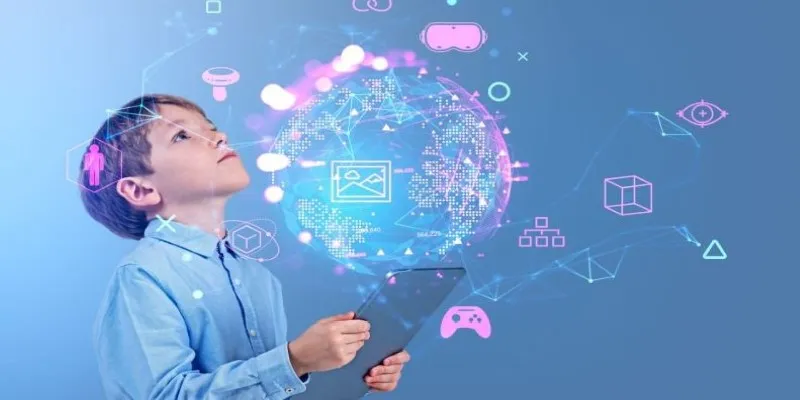
Moreover, by continuously monitoring student performance, AI systems can adjust the difficulty of assignments or offer different learning paths based on a student’s proficiency. This personalized approach ensures students are challenged at the right level, keeping them engaged and motivated throughout their learning journey.
Additionally, AI tools can identify learning patterns that may not be immediately evident to teachers. For example, some students may excel in theoretical concepts but struggle with practical applications. AI can detect such disparities and suggest targeted exercises to bridge the gap, ensuring all students, regardless of their learning styles or needs, have the opportunity to succeed.
Conclusion
AI-driven real-time student performance analytics is revolutionizing education by providing immediate insights into student progress. This technology enables personalized learning experiences, timely interventions, and improved educator-student interactions, leading to better learning outcomes. By identifying patterns and offering real-time feedback, AI empowers students and educators to make informed decisions and continuously improve. As AI technology evolves, its potential to further transform education grows, creating more dynamic, responsive, and effective learning environments. Ultimately, AI-driven analytics will pave the way for a more personalized and data-driven educational experience for all.
 zfn9
zfn9
